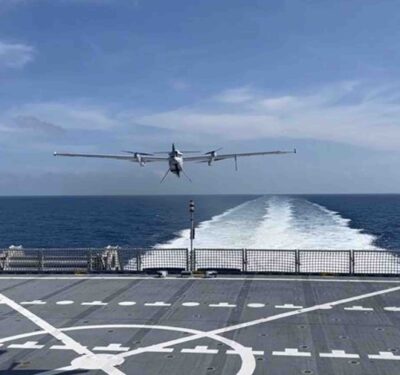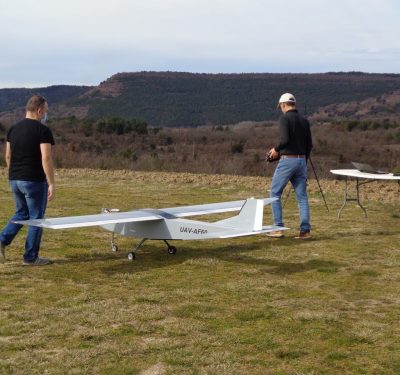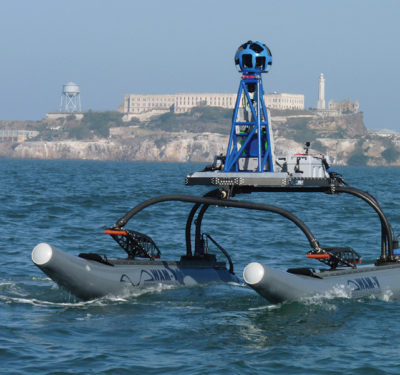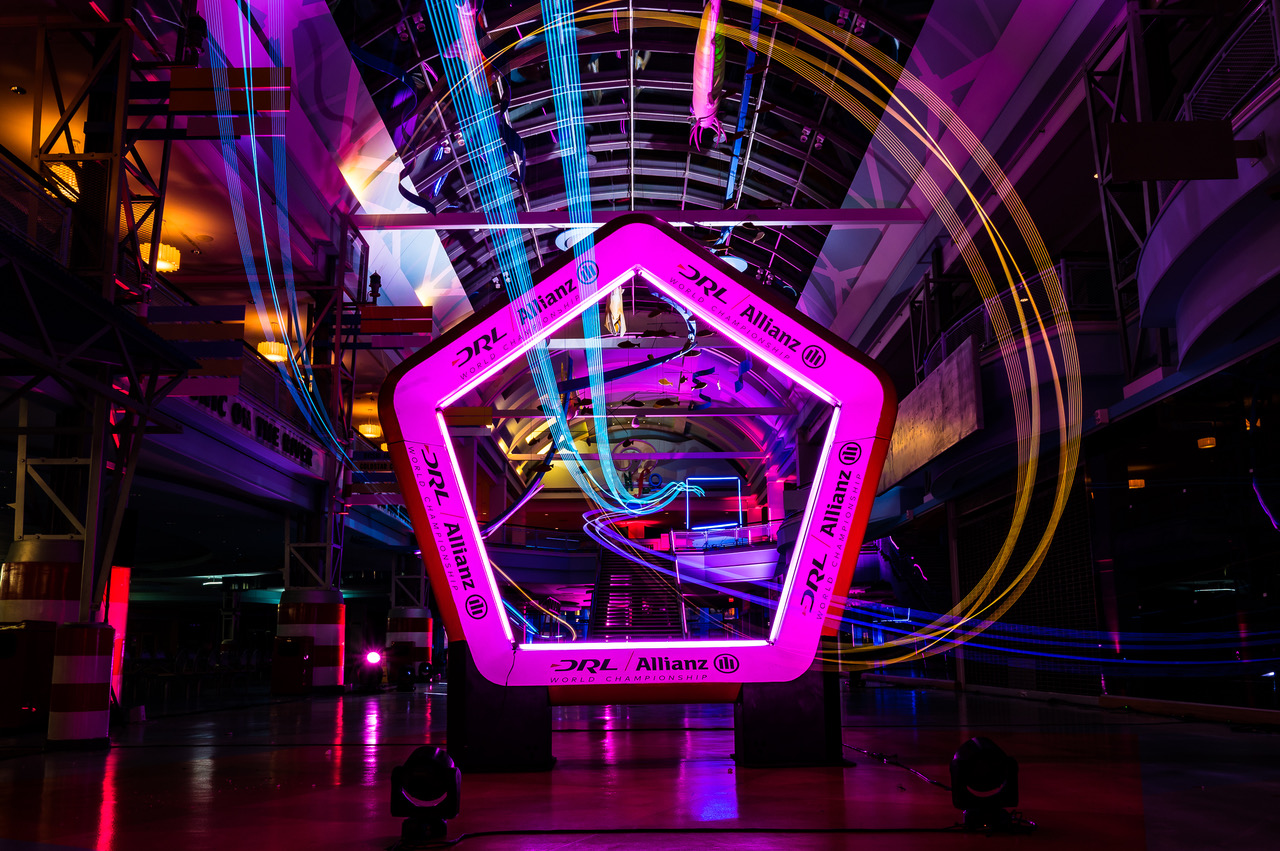
What do you get when you combine the thrill of Star Wars pod-racing with the adrenaline-filled speed of a Formula One race car? According to Drone Racing League (DRL), the global drone racing circuit for elite pilots, you get a futuristic video game-inspired sport that blurs the line between real and digital worlds.
By using custom drones that can reach speeds faster than 90 miles per hour and First Person View (FPV), DRL’s professional pilots regularly race head-to-head on what the company calls “the most insane 3D courses ever created outside of a video game.”
As fantasy-filled as its mission may sound, DRL is about more than just sports entertainment—the company uses its game-focused technology as a platform to drive very real innovation in the unmanned aerial space forward.
This week, in an effort to help close the gap between artificial intelligence (AI) and human performance, the company launched DRL RacerAI, the league’s first-ever autonomous racing drone.
The company’s team of drone technicians designed the drone with one ambitious goal: to be the first autonomous robot to physically compete humans and close the gap between artificial intelligence (AI) and human performance.
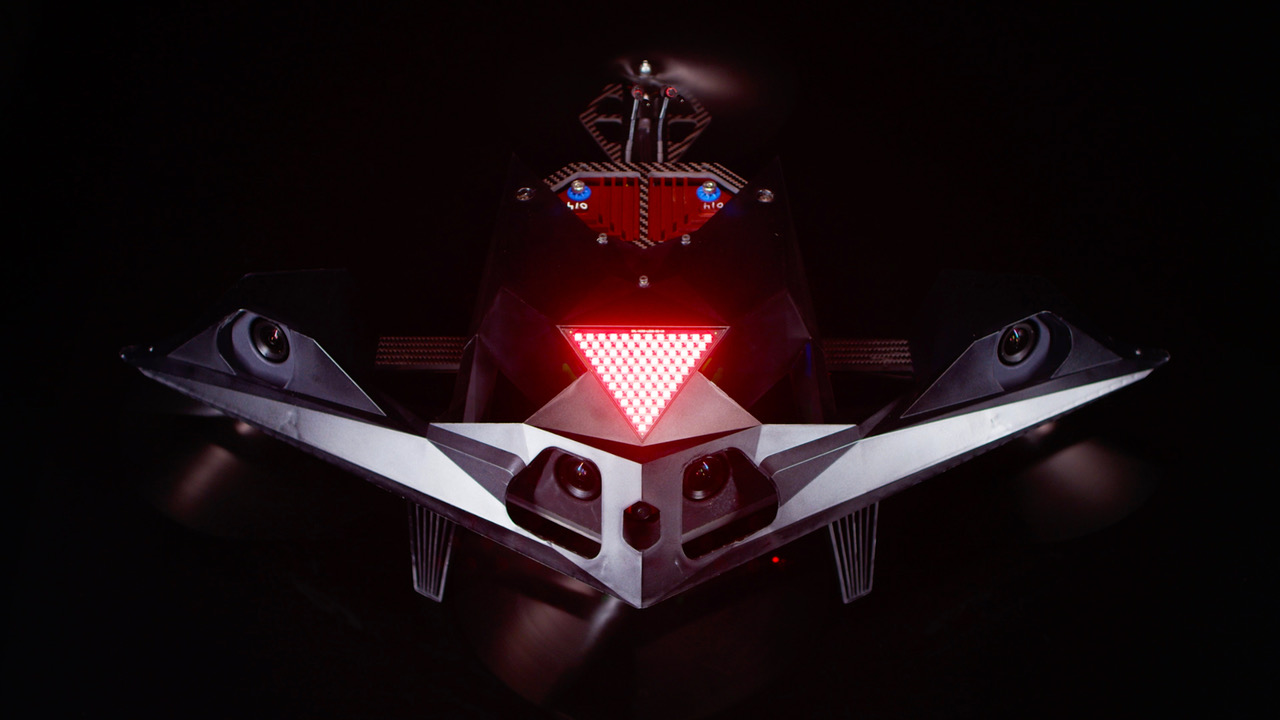
The team equipped the drone with a radical drone configuration for its computer vision that offers the autonomous drone a non-obstructive frontal view as it races. It has the ability to generate 20 pounds of thrust and is equipped with NVIDIA Jetson AGX Xavier, the world’s leading embedded AI computing platform. It also has four onboard stereoscopic cameras that enable AI to detect and identify objects with a field of view twice that of human pilots.
The drone launch coincides with DRL’s inaugural Artificial Intelligence Robotic Racing (AIRR) Circuit, a four-event autonomous drone racing series featuring nine DRL RacerAI drones developed by nine teams from Lockheed Martin’s AlphaPilot Challenge.
The drones that compete across four autonomous drone races are solely piloted by AI—with no human intervention, GPS, no data relay or navigational pre-programming—will in theory get smarter and faster with each event.
The first race kicked off this week on Oct. 8 in Orlando, Florida, and there will be subsequent races in Washington, D.C. Nov. 2 and Baltimore, MD Nov. 15 before before the fastest team’s drone goes on to compete against the fastest 2019 DRL Allianz World Champion pilot in Austin, TX Dec. 6.
“The DRL RacerAI is a major milestone for The Drone Racing League and the future of sports,” said DRL CEO/Founder Nicholas Horbaczewski. “AI has defeated humans in nearly every digital game we know, but it hasn’t come close to defeating a human in real-life sports—yet. Through the competitive AIRR events, we’ll watch the DRL RacerAI get faster and smarter, catch up to human competitors, and one day, outpace the best pilot in the world.”
According to Horbaczewski, these are much more than races, they are a step towards a future when autonomous systems can operate in all complex flying environments, across a variety of applications.
“Developing AI that can defeat a human will take time and constant innovation, but as advancements are made, I believe you’ll see a rise in robotic sports as well as an expanded use of autonomous drones, transforming an array of spaces from emergency response and aerial surveying to mobility and urban package delivery,” he said.


